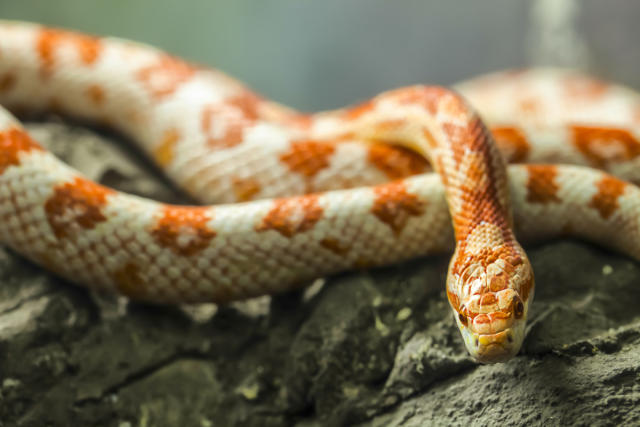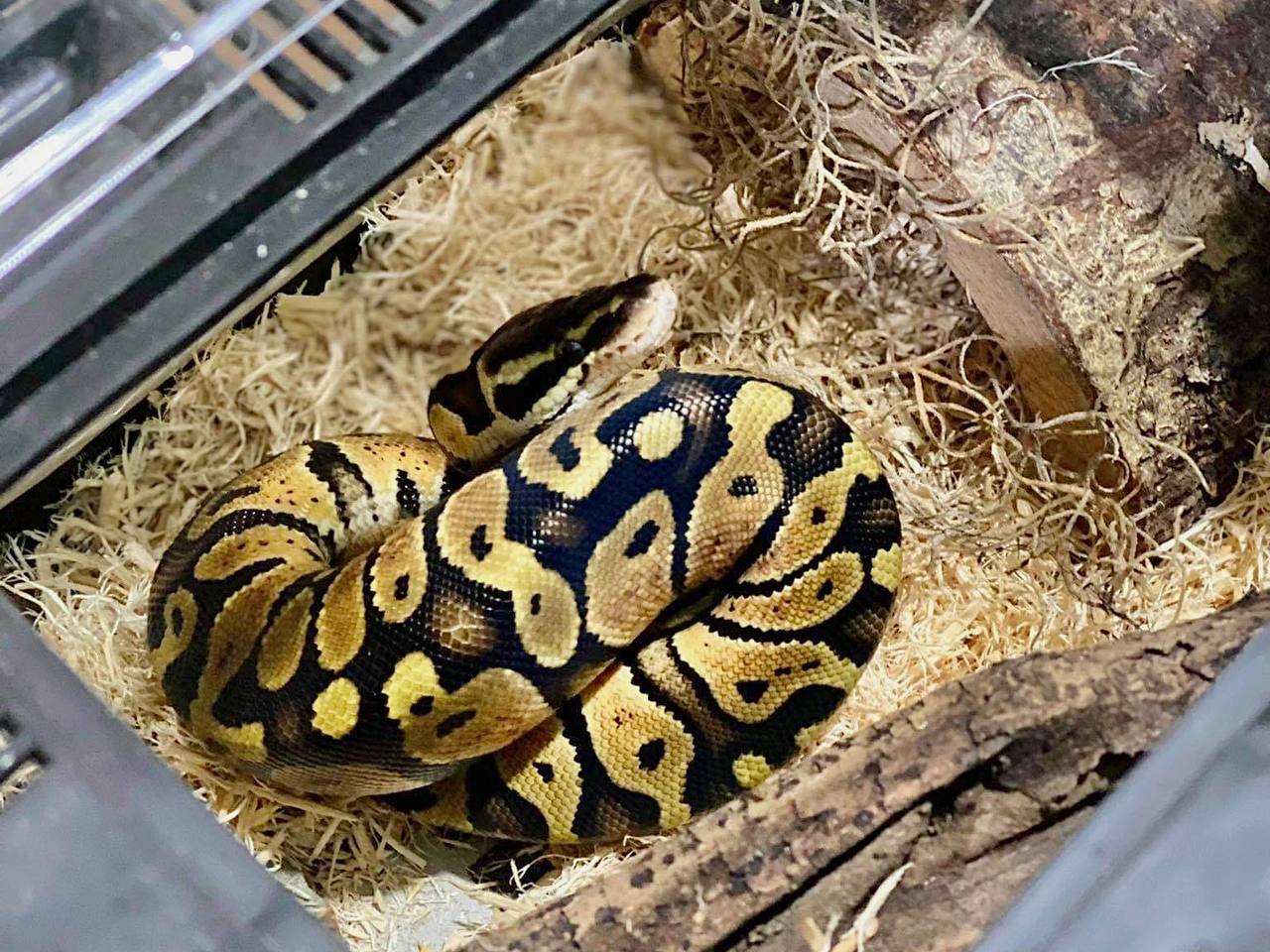Exactly How to Produce the Perfect Environment for Your Pet Serpent
Producing the optimal habitat for your pet dog serpent is important to guaranteeing its health and health. By understanding the certain requirements of your serpent species and applying the required elements in its habitat, you can develop a room where your animal can thrive.
Selecting the Right Room
Selecting the proper unit is crucial in supplying an ideal living area for your pet snake. The room serves as the snake's main habitat, affecting its overall wellness and habits. When selecting an unit for your pet snake, there are a number of variables to consider to guarantee a comfy and safe environment. The size of the enclosure is important, as it must be roomy sufficient to enable the serpent to walk around freely. A general guideline is to supply an environment that goes to the very least as long as the snake's size and large sufficient for it to extend out conveniently.
Additionally, the material of the unit is important. Rooms can be constructed from glass, pvc, plastic, or timber, each with its advantages and downsides. Glass enclosures are prominent as they offer good exposure, while plastic enclosures are very easy and light-weight to tidy. Wood and PVC units offer outstanding insulation, which is important for controling temperature and humidity levels within the environment. Eventually, the unit must resemble the serpent's natural environment as carefully as possible to ensure its wellness and happiness. snake for sale.
Establishing Temperature Level and Humidity Degrees
In order to offer a helpful living atmosphere for your pet dog snake within the selected room, focus to preserving optimal temperature level and humidity degrees is critical. Serpents are ectothermic creatures, indicating they rely on exterior sources to control their body temperature level. For most snake varieties, the perfect temperature arrays between 75-85 ° F(24-29 ° C) on the cooler end and 85-90 ° F(29-32 ° C) on the warmer end. To accomplish this slope, you can use hot pad, warm lights, or ceramic heaters. It is vital to position thermostats at both ends of the unit to check the temperature level on a regular basis.
The suitable humidity degree differs depending on the serpent types, with many requiring degrees between 40-60%. By diligently checking and readjusting temperature and humidity degrees, you can create a risk-free and comfortable environment for your cherished pet serpent.
Providing Adequate Hiding Spots
Guaranteeing the schedule of ideal hiding areas is important for developing a trouble-free setting for your animal serpent. Snakes are normally inclined to choose concealing places for security and convenience. To mimic their natural environment, provide at the very least two hiding spots in your serpent's enclosure-- one on the warmer side and one on the cooler side. These concealing spots can be developed using readily readily available shelters, half logs, and even overturned blossom pots. Guarantee that the concealing places are snug adequate to make your snake feel secure yet additionally spacious sufficient for easy entrance and leave.

Choosing the Appropriate Substrate
To develop an appropriate environment for your pet dog snake, what factors should be taken into consideration when choosing the ideal substratum? Selecting the best substrate for your family pet snake is critical for keeping its health and wellness and well-being. When picking a substratum, numerous elements require to be taken into account.
Primarily, more tips here the substratum must mimic the snake's native environment as closely as feasible. Different serpent species have different environment preferences, so it is crucial to research your certain snake's indigenous environment to pick a proper substrate. For example, see this page desert-dwelling serpents may call for a sandy substrate, while forest-dwelling snakes may prefer an extra moist substrate like cypress mulch or coconut husk.
Choose for substrates that are non-toxic and simple to clean to keep a sanitary setting for your animal serpent. By very carefully considering these factors, you can develop a comfy and safe environment for your pet dog serpent.
Offering Correct Lighting and Heating

When it pertains to lighting, serpents have certain illumination demands to imitate their native environment. Ultraviolet (UV) illumination may be required for sure serpent types to assist with calcium absorption and vitamin D synthesis. Not all serpents need UV lights, so it's crucial to investigate your particular serpent species' demands.
To provide the appropriate balance of lights and home heating, think about using a combination of above heating lights, hot pad, and thermostats to manage temperatures accurately. Make certain that your snake's environment has a temperature slope, allowing it to move in between warmer and cooler areas as required. snake for sale. By providing correct lighting and heating, you can produce a comfy and healthy environment for your animal serpent
Conclusion
In conclusion, creating the ideal environment for your pet snake entails choosing the appropriate unit, setting up ideal temperature level and humidity degrees, giving sufficient hiding places, choosing the proper substratum, and supplying correct lighting and heating. By complying with these guidelines, you can ensure check my reference that your snake has a healthy and balanced and comfy environment to flourish in. Keep in mind to consistently readjust the environment and check as needed to meet your snake's particular demands.
To develop an appropriate environment for your pet snake, what factors should be considered when choosing the ideal substratum? Various serpent varieties have various environment choices, so it is necessary to research your specific snake's native environment to select a suitable substrate. Desert-dwelling snakes might need a sandy substrate, while forest-dwelling serpents might choose a much more damp substrate like cypress compost or coconut husk.
Not all serpents need UV lights, so it's crucial to investigate your details serpent varieties' demands.
